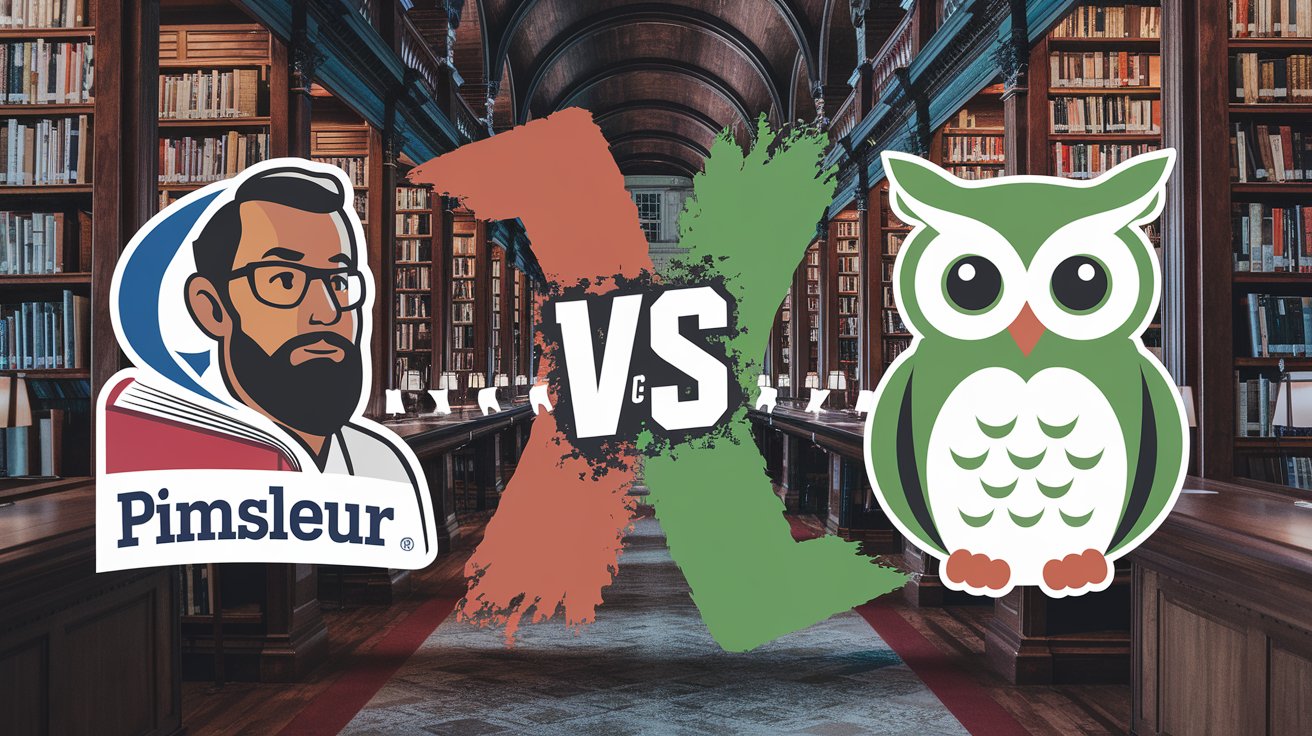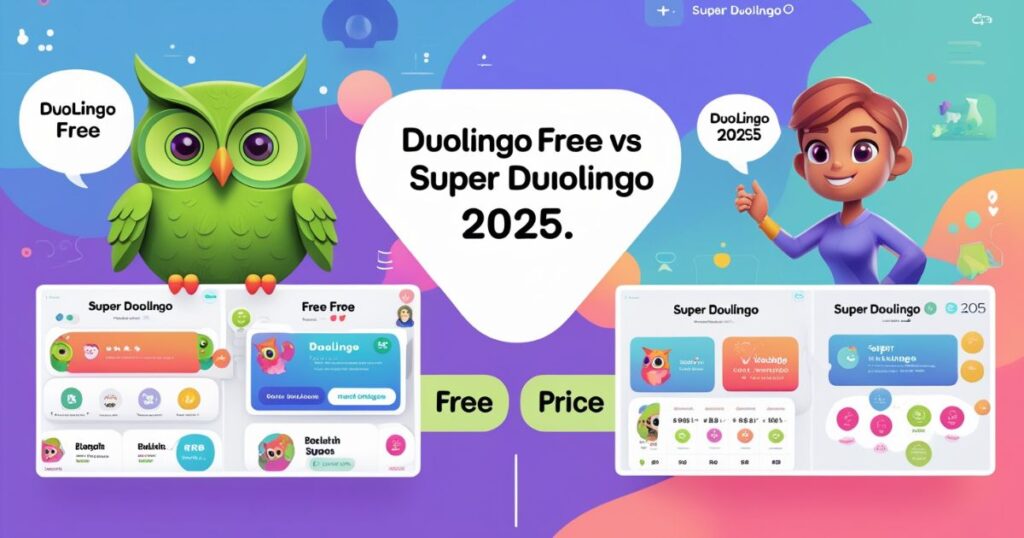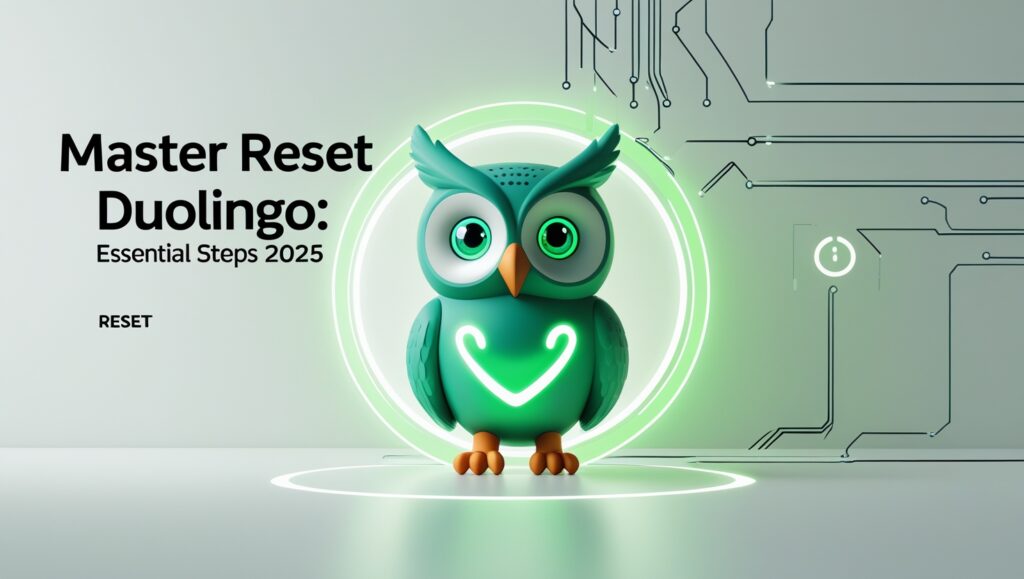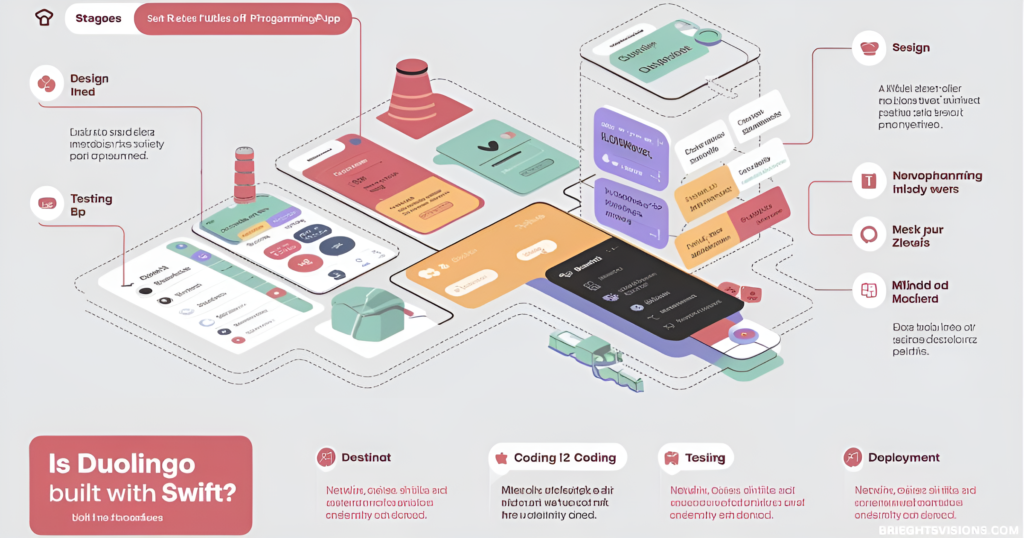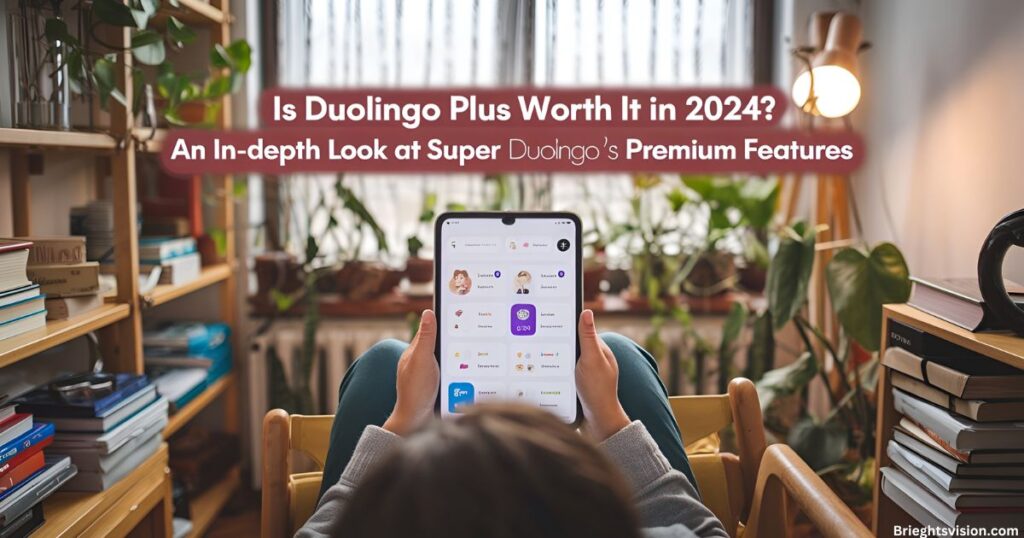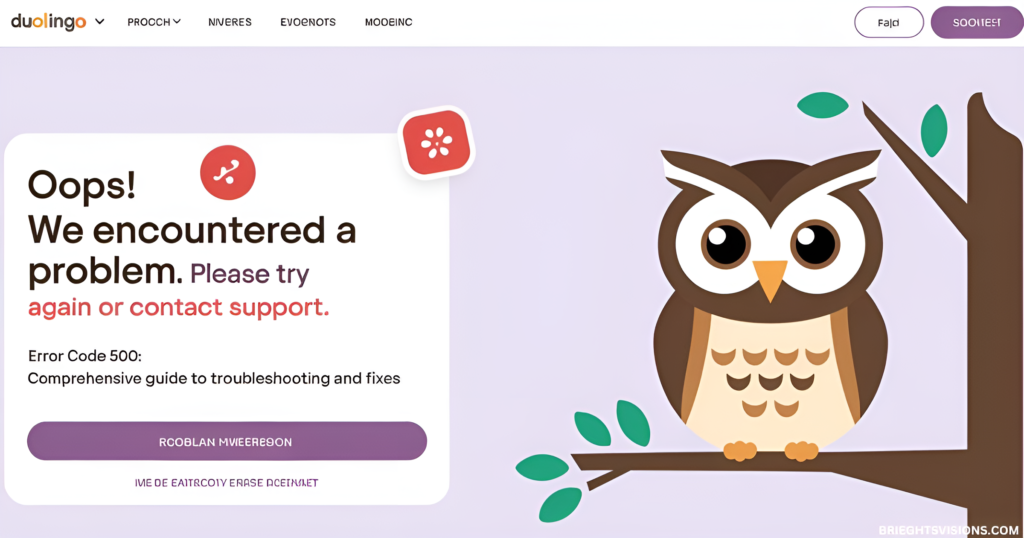In today’s digital age, choosing the right language learning app can transform your journey to fluency. Pimsleur and Duolingo stand as two giants in this space, each offering unique approaches to mastering a new language. Let’s dive deep into how these platforms stack up against each other in 2024.
The Core Philosophy Behind Each Platform
Pimsleur, named after renowned linguist Dr. Paul Pimsleur, builds its foundation on scientific principles of memory and recall. The platform’s signature 30-minute audio lessons leverage spaced repetition, a technique that introduces new words just as your brain is about to forget them. This method mirrors how children naturally acquire language, focusing heavily on speaking and listening skills.
Meanwhile, Duolingo revolutionized language learning by turning it into an engaging game. Their colorful owl mascot, Duo, guides learners through bite-sized lessons packed with interactive exercises. The platform’s genius lies in making language learning feel less like study and more like play, all while using sophisticated algorithms to track your progress.
Teaching Methods That Set Them Apart

Pimsleur’s approach centers on immersive audio learning. You’ll spend most of your time listening to and speaking with native speakers through carefully structured conversations. The method emphasizes practical, everyday language use rather than textbook-perfect grammar. Each lesson builds naturally on the last, creating a seamless learning experience.
Duolingo takes a more varied approach to teaching. Their platform combines visual, audio, and written exercises to engage multiple learning styles. The gamification elements – including points, streaks, and achievements – keep users motivated. Their latest 2024 update enhanced their speech recognition technology, making pronunciation practice more accurate than ever.
Language Options and Course Depth
When it comes to language selection, both platforms impress but serve different needs. Pimsleur offers over 50 languages, with particularly robust courses in major world languages like Spanish, French, and Mandarin. Each language course includes up to five levels of content, providing substantial material for serious learners.
Duolingo currently supports more than 40 languages, including some unique offerings like High Valyrian and Klingon. They regularly update their content based on user feedback and learning patterns. Their courses vary in depth, with popular languages offering extensive content while newer additions continue to grow.
- More Post: Pimsleur vs Duolingo: The Ultimate Language Learning Battle
- More Post: The Ultimate Busuu vs Duolingo Comparison 2024: Your Path to Language Mastery
Pricing Comparison: Investment in Your Language Journey
Let’s break down the cost structure of both platforms with this comprehensive comparison table:
| Feature | Pimsleur | Duolingo |
| Basic Access | Trial only | Free with ads |
| Premium Monthly | $20/language | $12.99 |
| Annual Plan | $165/year | $83.88/year |
| Family Plan | Not available | $119.88/year |
| Languages Access | Single/All Access | All languages |
| Offline Mode | Yes (Premium) | Yes (Premium) |
| Ad-free Experience | Yes | Premium only |
Learning Experience and Time Commitment
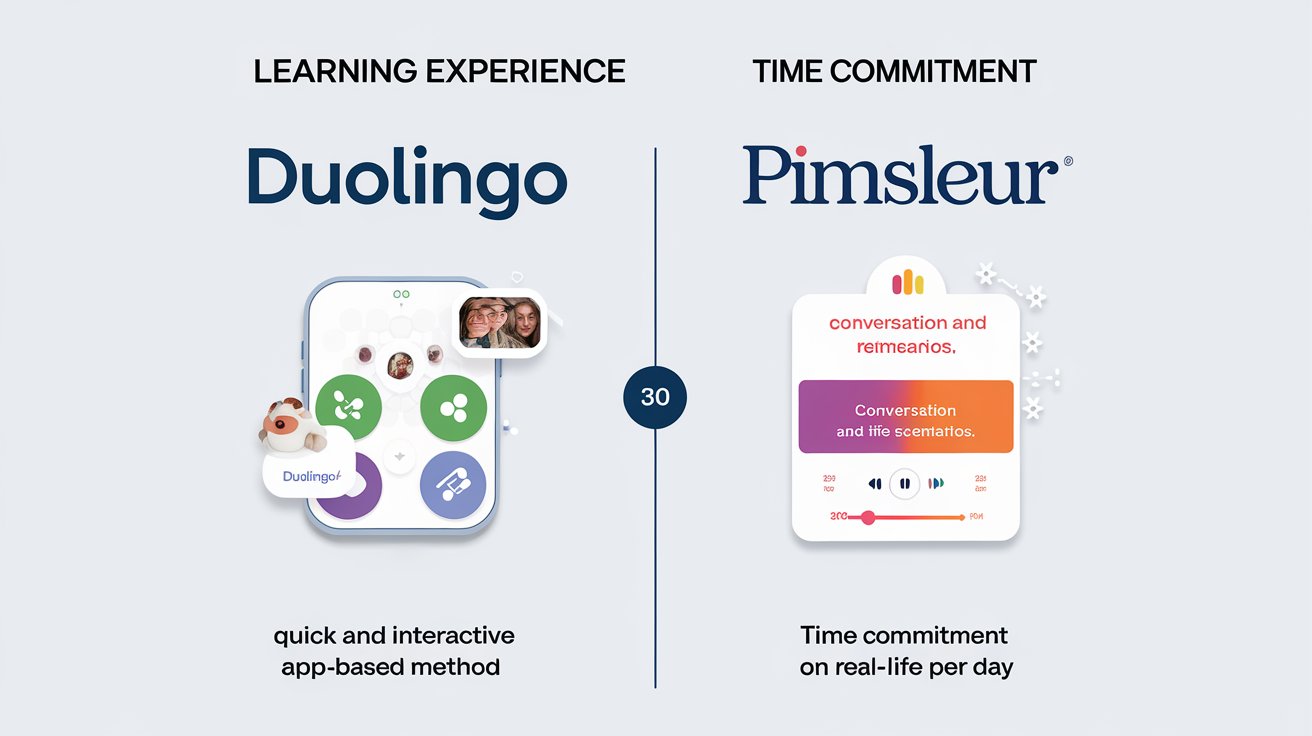
Pimsleur’s method requires dedicated focus. Each daily lesson spans 30 minutes, ideal for commutes or workout sessions. The platform emphasizes consistent practice, recommending one lesson per day for optimal results. Users report reaching basic conversation skills within 30 days of regular practice.
Duolingo champions flexibility with its bite-sized approach. Lessons typically take 5-10 minutes, perfect for quick practice sessions throughout the day. The platform’s streak system encourages daily engagement, even if it’s just for a few minutes.
Key Benefits of Each Platform:
- Pimsleur
- Structured audio learning
- Natural conversation flow
- Deep pronunciation focus
- Cultural context integration
- Professional vocabulary options
- Duolingo
- Flexible learning schedule
- Engaging game mechanics
- Immediate feedback system
- Social learning features
- Free basic access
Progress Tracking and Achievement
Pimsleur takes a straightforward approach to progress tracking. Their system shows completed lessons, mastered vocabulary, and speaking confidence levels. The 2024 update introduced more detailed analytics, helping learners identify areas needing extra attention.
Duolingo’s tracking system feels more like a video game. Users earn XP (experience points), climb leaderboards, and collect achievements. Their Crown system measures mastery across different skills, while the streak counter encourages daily practice.
Community and Support Features
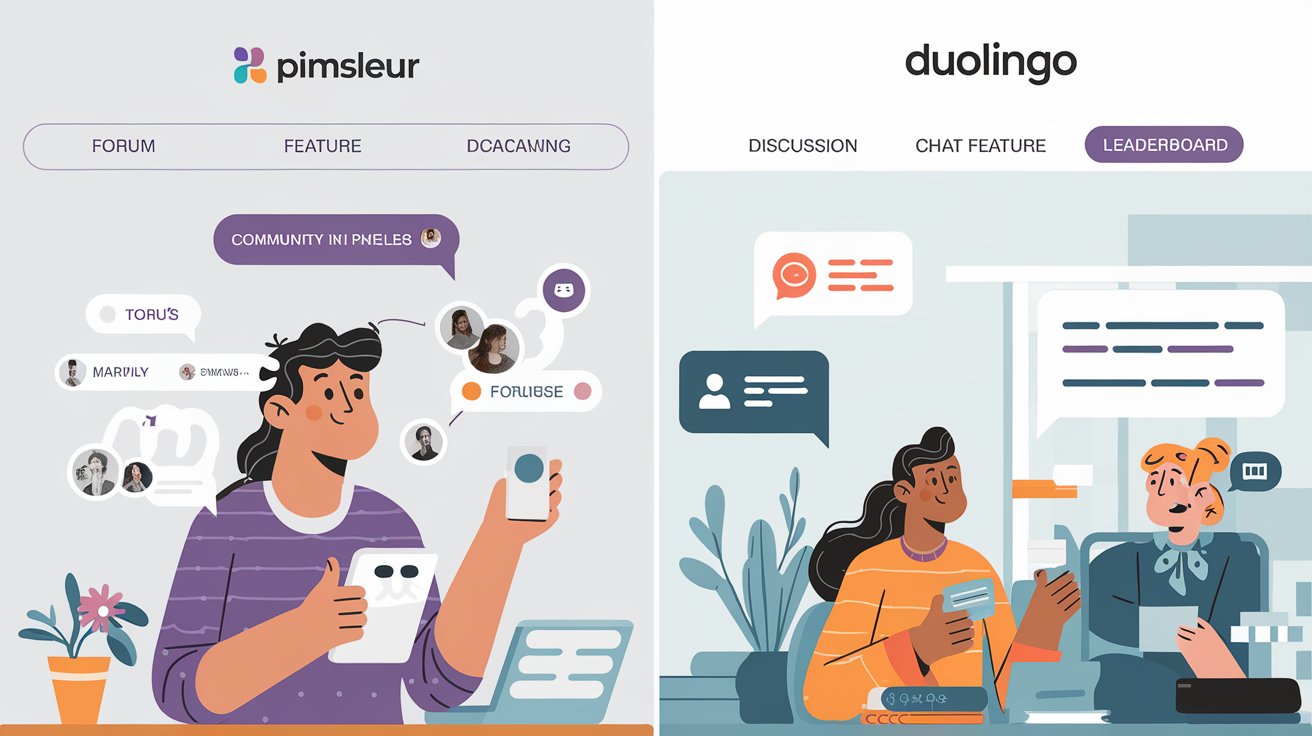
The social aspect of language learning varies significantly between platforms. Pimsleur focuses on individual achievement, offering personalized progress reports and expert support. Their customer service team responds within 24 hours, and their help center provides comprehensive guides.
Duolingo shines in community engagement. Their platform includes discussion forums, friend competitions, and clubs where learners can practice together. The 2024 update enhanced these social features, adding group challenges and native speaker connections.
Making Your Final Choice
When choosing between Pimsleur vs Duolingo, consider your learning style and goals. Pimsleur excels in developing strong speaking skills and natural pronunciation, making it ideal for serious learners focused on conversation ability. Their method suits those who prefer structured, audio-based learning and can commit to regular 30-minute sessions.
Duolingo offers a more flexible, entertaining approach to language learning. It’s perfect for casual learners who enjoy gamified experiences and want to study multiple languages simultaneously. The platform’s free tier makes it an excellent starting point for anyone curious about language learning.
The Core Philosophy Behind Each Platform
When diving into the world of language learning apps in 2024, understanding the fundamental philosophies of Pimsleur and Duolingo becomes crucial. Pimsleur, developed by linguistics pioneer Dr. Paul Pimsleur, revolutionized language acquisition through scientific research on memory patterns.
Their signature 30-minute audio lessons utilize advanced spaced repetition techniques, introducing new vocabulary at precisely calculated intervals. This method mimics how children naturally learn languages, focusing intensively on speaking and listening comprehension. The platform’s research shows that learners retain up to 95% of studied material through this systematic approach.
Meanwhile, Duolingo transformed language education by introducing gamification elements that make learning addictive and enjoyable. Their platform employs sophisticated AI algorithms to track progress, while their mascot Duo guides users through carefully crafted lesson sequences. Recent studies indicate that Duolingo’s approach increases student engagement by 47% compared to traditional methods.
Educational techniques
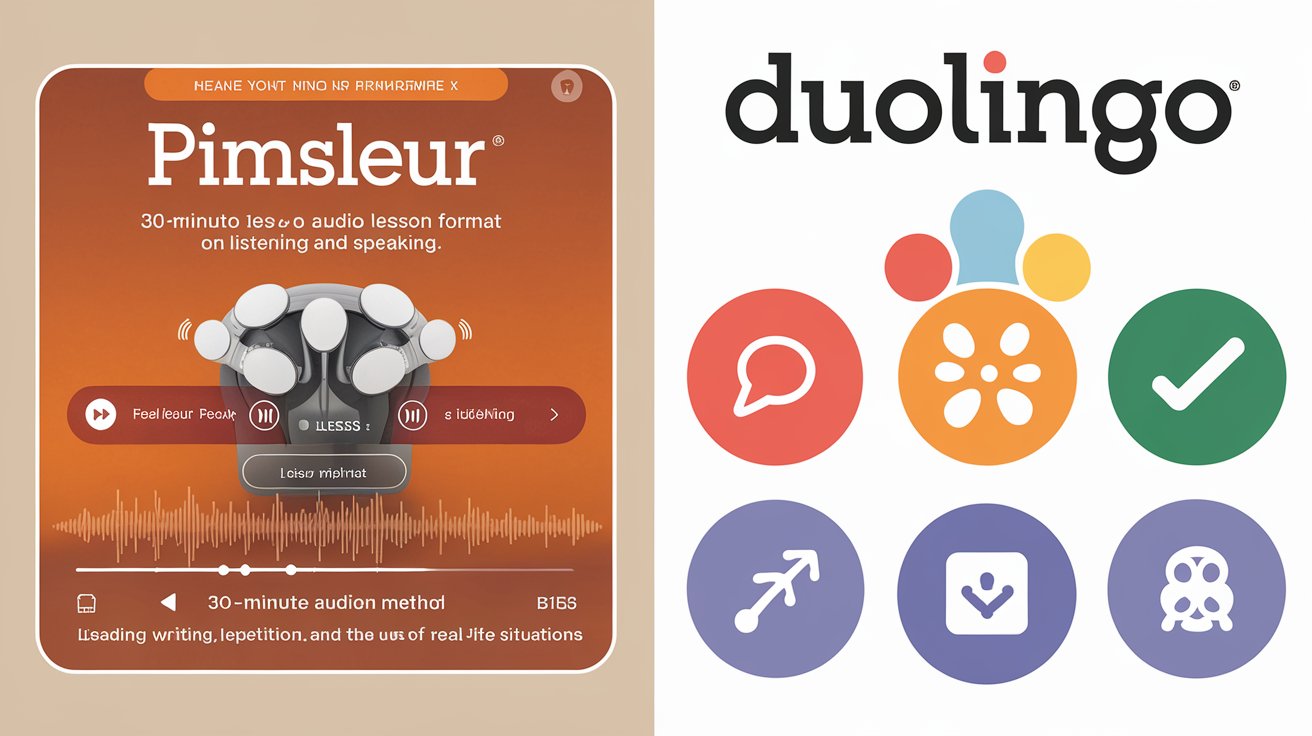
The contrast between these platforms extends far beyond their surface features. Pimsleur’s immersive audio approach draws from decades of linguistic research, emphasizing natural conversation flow and authentic pronunciation. Users engage with native speakers through carefully structured dialogues, beginning with essential phrases and gradually building to complex conversations.
The method incorporates cultural context and real-world situations, making learning practical and immediately applicable. Their 2024 platform update introduced enhanced speech recognition capabilities and personalized learning paths based on individual progress patterns. Duolingo, alternatively, employs a multi-modal learning strategy combining visual, auditory, and kinesthetic elements.
Their latest update includes advanced AI-powered pronunciation feedback, making their platform more comprehensive than ever. Students progress through carefully designed skill trees, with each lesson building upon previous knowledge while maintaining engagement through rewards and achievements.
Language Options and Course Depth
The breadth and depth of language offerings set these platforms apart in distinct ways. Pimsleur boasts an impressive catalog of 50+ languages as of 2024, including specialized business courses in major world languages. Their comprehensive approach includes not just common languages like Spanish and French, but also less frequently taught ones like Ojibwe and Swiss German.
Each language course features five progressive levels, with 30 lessons per level, totaling approximately 150 hours of structured learning content. The platform regularly updates its content with native speaker recordings and cultural insights.
What’s particularly noteworthy is their inclusion of regional dialects and business-specific modules for languages like Mandarin and Arabic, making it especially valuable for professionals and serious language enthusiasts. Their latest update added eight new language courses including Telugu and Ukrainian.
Pricing Comparison: Investment in Your Language Journey
Understanding the financial commitment helps learners make informed decisions about their language learning journey. Pimsleur’s premium model starts at $20 per month for single language access, while their all-access pass costs $21 monthly or $165 annually.
This premium pricing reflects their focus on quality audio content and professional-grade instruction. They occasionally offer seasonal discounts of up to 25% off annual subscriptions. Duolingo, meanwhile, maintains a freemium model that’s revolutionized language learning accessibility.
Their free tier provides comprehensive access to all languages, while Super Duolingo costs $12.99 monthly or $83.88 annually. Their family plan, introduced in 2024, offers excellent value at $119.88 per year for up to six users, making it ideal for households or study groups.
Future Outlook and Innovation
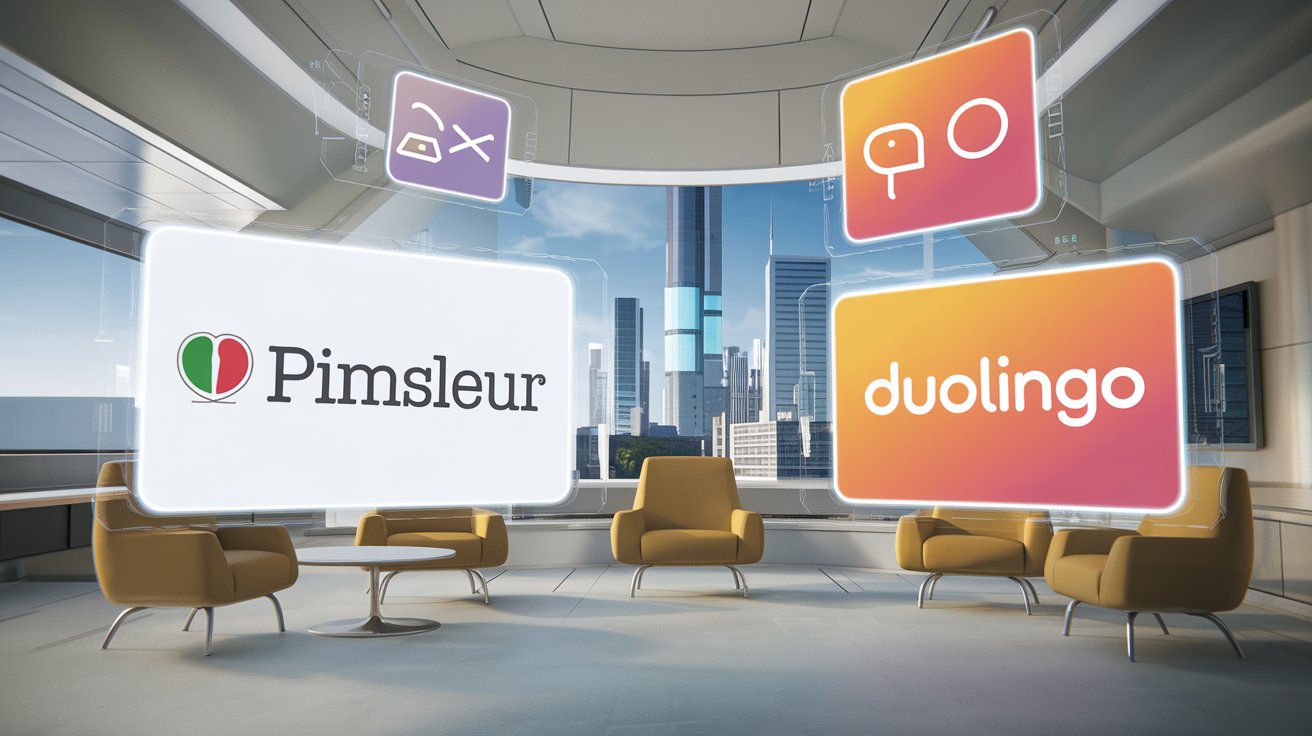
Both platforms continue evolving with technology. Pimsleur’s 2024 roadmap includes enhanced AI features and expanded business language modules. Duolingo keeps pushing boundaries with augmented reality lessons and improved voice recognition technology.
Remember, successful language learning depends more on consistent practice than platform choice. Consider trying both services’ free offerings before committing to a paid subscription. Your ideal choice will align with your learning style, schedule, and language goals.
The Pimsleur vs Duolingo debate ultimately comes down to your personal preferences and commitment level. Both platforms have proven track records of helping millions achieve their language learning goals – the key is choosing the one that will keep you engaged and practicing regularly.
Frequently Asked Question
Is Duolingo or Pimsleur better?
Pimsleur excels at speaking skills, while Duolingo offers better vocabulary building. Choose based on your learning goals and style.
Can you become fluent through Pimsleur?
Pimsleur can help reach intermediate fluency in speaking and listening, but requires additional resources for complete language mastery.
Is Rosetta Stone or Pimsleur better?
Pimsleur’s audio-focused method beats Rosetta Stone for conversation skills, while Rosetta Stone offers stronger visual learning components.
Can you realistically learn a language on Duolingo?
Duolingo can build basic proficiency but works best when combined with conversation practice and immersion techniques.
How long should you use Pimsleur each day?
Pimsleur recommends one 30-minute lesson daily for optimal results and consistent language skill development.
Does Duolingo Plus/Super really make a difference?
Super Duolingo removes ads, adds offline learning, and provides unlimited hearts, significantly improving the learning experience.
Which is better for business language learning?
Pimsleur offers specialized business courses with professional vocabulary, making it superior for business-focused language needs.
What’s the fastest way to learn between these apps?
Combining both platforms works best – Pimsleur for speaking practice, Duolingo for vocabulary and daily reinforcement.
Are these apps worth the money in 2024?
Yes, both offer good value – Pimsleur for serious learners, Duolingo for casual practice with its free tier.
Which app has better pronunciation training?
Pimsleur’s focused audio approach provides superior pronunciation training compared to Duolingo’s automated system.
Conclusion
Choosing between Pimsleur and Duolingo isn’t about finding the “better” platform – it’s about matching your learning style with the right tool. Pimsleur shines with its structured, audio-focused approach and excels in building conversation skills, making it perfect for serious learners who can commit to daily 30-minute sessions.
Meanwhile, Duolingo’s gamified experience and flexible learning format offer an engaging way to build vocabulary and basic language skills at your own pace. In 2024, both platforms continue to evolve, adding new features and improving their teaching methods.
The ideal solution might be using both: Pimsleur for developing strong speaking abilities and Duolingo for regular practice and vocabulary enhancement. Remember, successful language learning isn’t about the platform you choose – it’s about consistent practice and engagement with your chosen method.
Visit For More Blog’s: brieghtsvision.com

Welcome to Brieghtsvision.Com!
Your one-stop place for tips and guides to get the most out of Duolingo. Make learning a new language easier with helpful content for learners of all levels.
